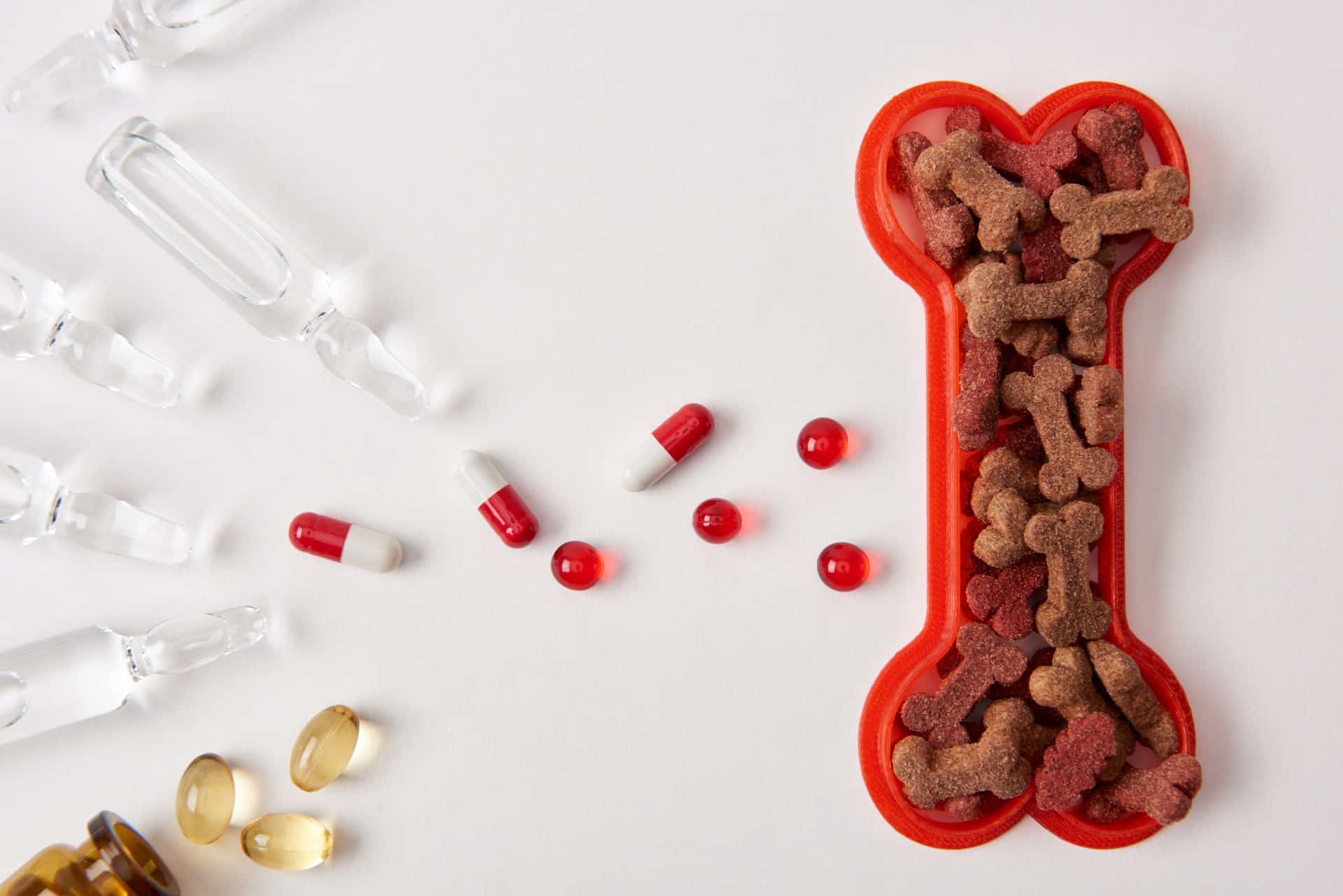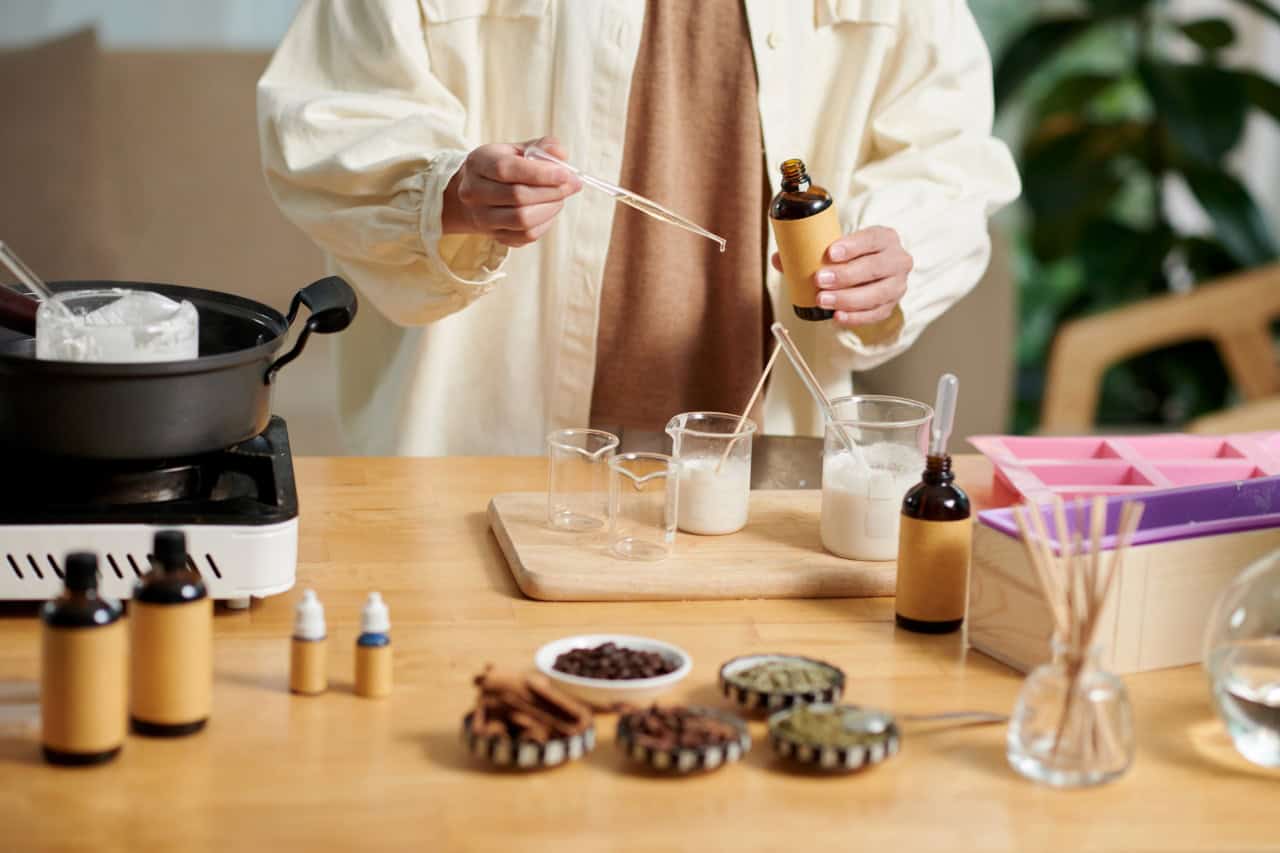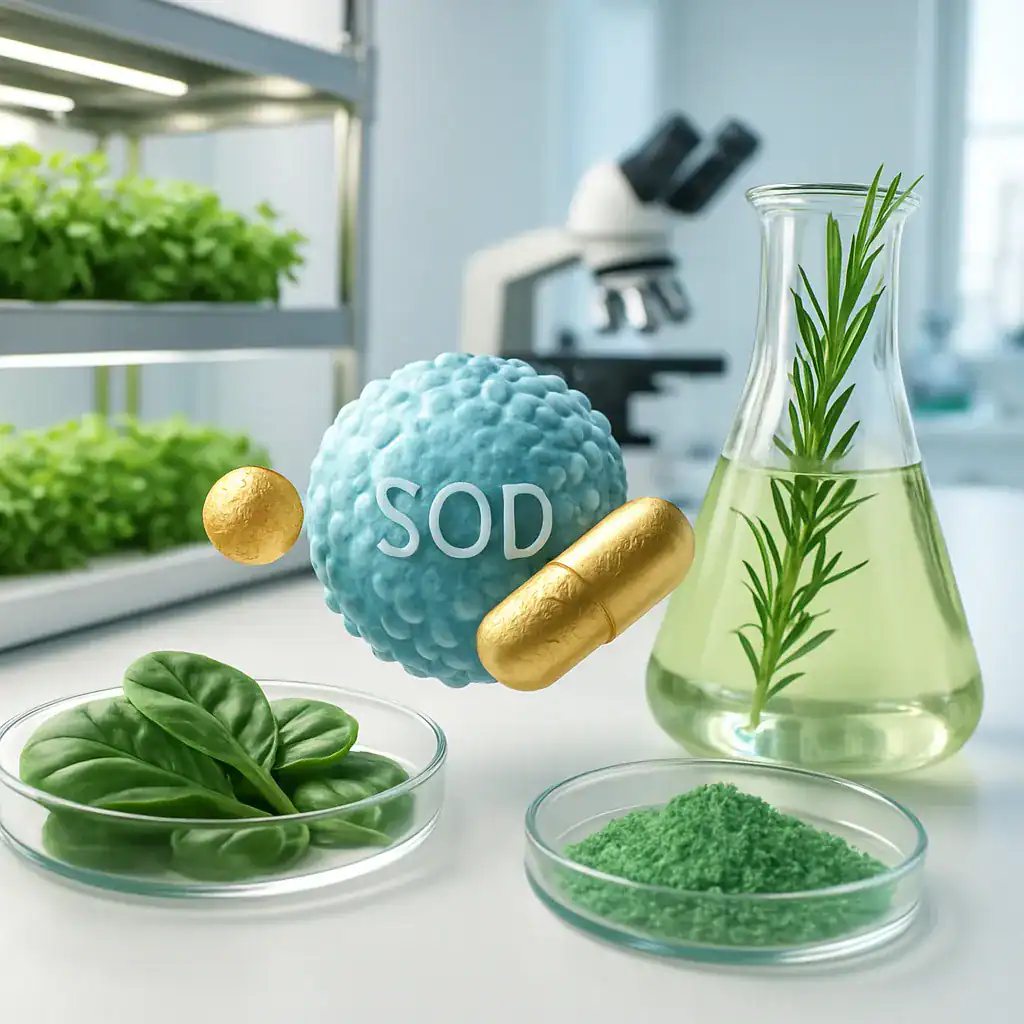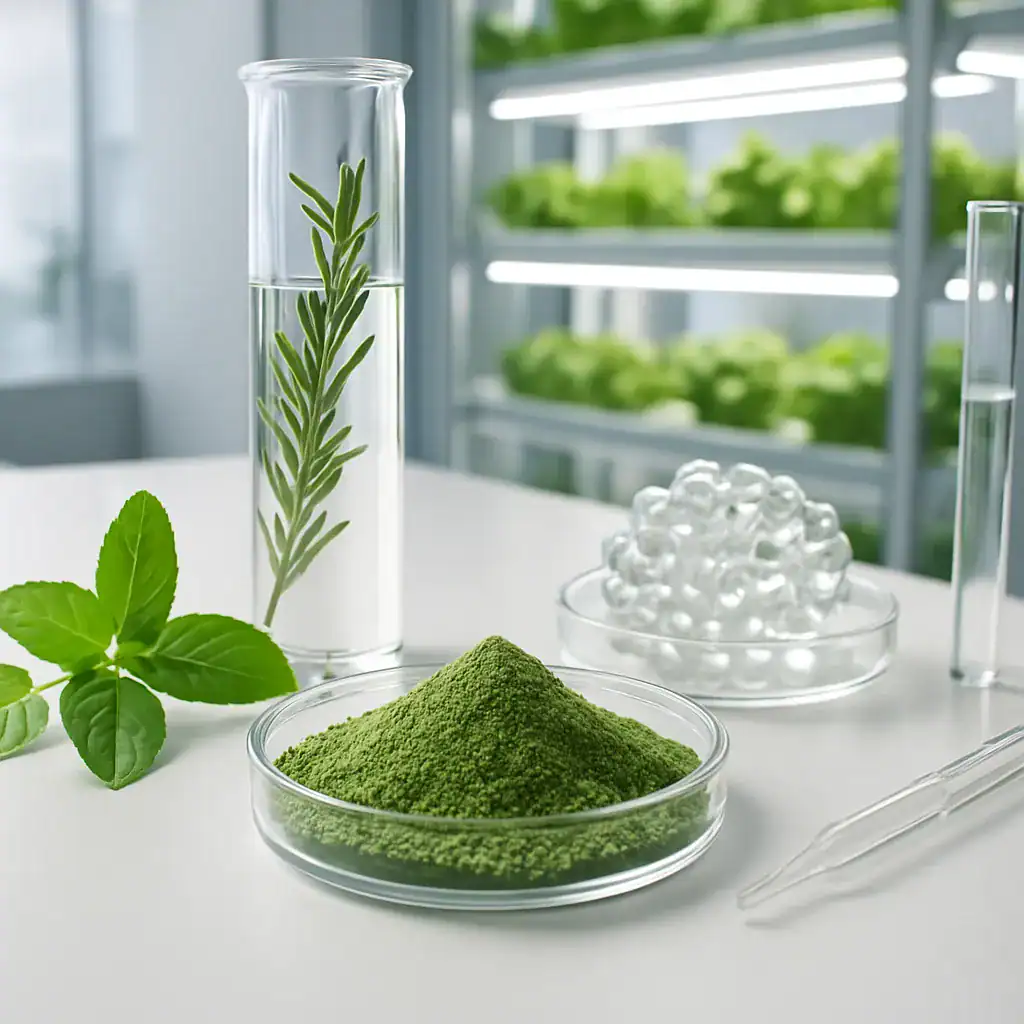Longevity superoxide dismutase levels: unlocking your body’s antioxidant power
What are longevity superoxide dismutase levels? They refer to the amount of superoxide dismutase enzyme in your body that helps neutralize harmful reactive oxygen species, supporting cellular health and promoting longevity.
Understanding antioxidant defense for life span regulation
The concept of longevity superoxide dismutase levels centers on maintaining optimal antioxidant defense against oxidative stress, which occurs when free radicals overwhelm your body’s natural protective systems. Superoxide dismutase is a critical enzyme that converts superoxide radicals into hydrogen peroxide and oxygen, reducing inflammation and preserving mitochondrial function. Higher levels are linked to improved physical resilience, including healthier joints and cardiovascular support, as well as enhanced mental clarity and stress resistance. When bioavailability of SOD is sufficient, it ensures effective distribution of this enzyme across tissues, aiding in physiological balance. By monitoring and supporting your SOD levels through diet, supplementation, or lifestyle interventions, you can bolster your body’s ability to combat molecular damage, fostering overall well-being and longevity.

Our Key Areas of Expertise




Superoxide Dismutase Production Processes and Isoform Diversity
Recombinant Expression Systems
Industrial biomanufacturing of SOD relies on microbial and cell‑culture platforms to yield high‑purity enzymes. Key approaches include:
-
S. cerevisiae expression—with signal peptides directing secretion
-
Adenovirus‑mediated expression in mammalian cell culture
-
Gene knockout and overexpression of sod genes in bacterial hosts
These systems enable scalable yields of diverse SOD enzymes, tailored for supplements, pharmaceuticals, or research reagents.
Isoform Comparison
Different SOD isoforms vary in metal cofactors, localization, and stability.
| Isoform | Metal Cofactor | Localization | Gene Family |
|---|---|---|---|
| Cu/Zn-superoxide dismutase | Copper & Zinc | Cytosolic & extracellular | Cu/Zn SODs |
| Mn Superoxide Dismutase | Manganese | Mitochondrial matrix | sod2 |
| Ni SODs | Nickel | Prokaryotic cytosol | sodN |
| Extracellular SOD | Copper & Zinc | Extracellular space | SOD3 |
Impact on Health Outcomes and Longevity Regulation
Evidence from Model Organisms
Studies in simple animals illustrate how SOD modulates life span regulation by counteracting oxidative damage:
-
Caenorhabditis elegans with sod gene overexpression show reduced lipid peroxidation and extended longevity
-
Drosophila melanogaster Mn‑SOD mutants accumulate DNA damage, shortening life span
-
Mammalian species deficiency models reveal heightened reactive nitrogen species and neurodegeneration
Translational Implications
Enhanced SOD activity improves cellular resilience in humans by:
-
Lowering oxidative damage to lipids and proteins
-
Modulating insulin/IGF-1 signaling to support metabolic health
-
Activating stress‑responsive transcription factors like heat shock factor HSF-1 and DAF-16/FoxO transcription factor
Key benefits include:
-
Reduction of DNA damage in vascular endothelium
-
Synergy with glutathione peroxidase for H₂O₂ detoxification
-
Potential combination with catalase mimetics for multi‑enzyme defense
Integration of Production and Health Outcomes
Linking Biomanufacturing to Efficacy
Optimizing upstream processes (e.g., fermentation parameters, purification methods) directly affects:
-
Specific activity and stability of extracellular SOD
-
Retention of metal cofactors critical for dismutating superoxide radicals
-
Minimization of oxidized proteins generated during processing
Quality Control and Functional Assays
Essential QC tests for end‑products include:
-
Spectrophotometric measurement of superoxide anions dismutation
-
Lipid peroxidation assays to confirm reduction of ROS damage
-
Cell culture–based assays using embryonic fibroblasts to monitor protection against CYP2E1-dependent toxicity
R&D Consultancy
Discover how PhNóva’s R&D Consultancy can help transform your idea into a market-ready solution — with expert support in formulation, regulatory compliance, and innovative delivery systems to give your product a competitive edge.
FAQ's about Longevity superoxide dismutase levels: unlocking your body’s antioxidant power
What role does mitochondrial superoxide play in aging?
Mitochondrial superoxide, a primary superoxide free radical generated during mitochondrial respiration, can accumulate when electron transport chain inefficiencies arise. Elevated mitochondrial superoxide triggers ROS signaling cascades that damage lipids, proteins and DNA. Over time, this molecular damage promotes cellular senescence and contributes to age‑related decline. Strategies that boost mitochondrial Mn‑SOD or employ Mn SOD/Fe SODs mimetics help intercept superoxide before it propagates oxidative damage, slowing the aging process.
How is SOD activity measured in cultured cells?
SOD activity assays in cell culture commonly involve spectrophotometric monitoring of superoxide anion dismutation. Cultured embryonic fibroblasts or other cell lines are exposed to xanthine/xanthine oxidase systems that generate superoxide radicals; then, inhibition of formazan dye formation quantifies total SOD activity. Assays may distinguish cytosolic Cu/Zn‑SOD from mitochondrial Mn‑SOD by selective inhibitors. Results are normalized to protein content or cell number to assess how interventions affect overall antioxidant defense.
Can gene expression of sod‑1 be modulated via RNA interference?
Yes, RNA interference (RNAi system) targeting sod‑1 effectively reduces Cu/Zn‑SOD mRNA levels in model organisms and cell culture. Small interfering RNAs or shRNA constructs complementary to sod‑1 transcripts trigger degradation via the RISC complex, downregulating gene expression. This approach elucidates the specific roles of sod‑1 in antioxidant defense and reveals compensatory changes in other sod genes. Researchers must confirm knockdown efficiency by qPCR and protein oxidation assays.
How does endoplasmic reticulum stress intersect with antioxidant enzymes?
Endoplasmic reticulum (ER) stress, often induced by misfolded proteins, elevates unfolded protein response pathways that upregulate heat shock proteins and antioxidant enzymes. ER stress increases hydrogen peroxide production via protein disulfide isomerases, necessitating coordinated action of glutathione peroxidase, catalase mimetics, and SOD enzymes. If ER stress is prolonged, NADPH oxidase complex activation further amplifies ROS, overwhelming local defenses and triggering apoptosis.
How might GABAergic neurons respond to fluctuations in cysteine‑mediated redox signaling?
GABAergic neurons depend on cysteine uptake to support glutathione synthesis and maintain redox homeostasis. Cysteine‑mediated redox signaling modulates the activity of glutamate transporter proteins on astrocytes and neurons, impacting inhibitory neurotransmission. When redox balance shifts toward oxidation, superoxide and hydrogen peroxide levels rise, triggering adaptive upregulation of SOD activity and heat shock proteins. Chronic imbalance can impair synaptic function and neuroprotection.
How do cytosolic Cu/Zn‑SOD and extracellular Cu/Zn enzyme differ in function?
Cytosolic Cu/Zn‑SOD (sod‑1) converts intracellular superoxide radicals into hydrogen peroxide, protecting mitochondria and cytosolic components. In contrast, the extracellular Cu/Zn enzyme (SOD3) is secreted into the extracellular matrix, scavenging superoxide anions before they damage cell surfaces or diffuse back into cells. Both rely on copper and zinc cofactors but localize differently, enabling compartment‑specific antioxidant defense and modulating intercellular redox signaling.
What benefits arise from combining superoxide dismutase/catalase mimetics?
Combining superoxide dismutase/catalase mimetics exploits synergistic detoxification: SOD mimetics rapidly convert superoxide to hydrogen peroxide, while catalase mimetics decompose hydrogen peroxide into water and oxygen. This tandem approach reduces lipid oxidation, protein oxidation, and ROS damage more effectively than single‑enzyme strategies. Using Mn SOD/Fe SODs mimetics alongside catalase analogs supports balanced redox signaling and protects tissues from acute oxidative insults.
Get in Touch with PhNóva
Have questions or need expert guidance? Contact us today — our team is ready to assist you with tailored solutions for your formulations.

28/07/2025






